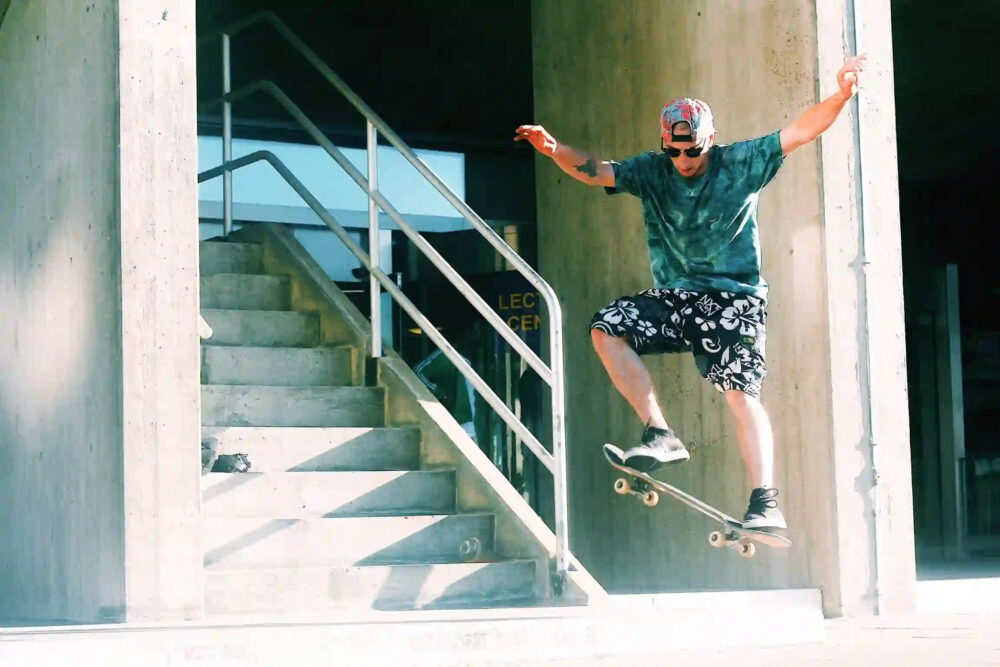Dance has always been an integral part of human culture. From ancient civilizations to modern society, dance has evolved and transformed, reflecting the ever-changing world around us. In this blog post, we will explore the fascinating journey of pop culture dance and choreography, tracing its roots and highlighting its significant milestones.
Origins of Pop Culture Dance
Pop culture dance draws inspiration from various dance forms and cultural movements. It is a dynamic fusion of styles, incorporating elements from street dance, hip-hop, jazz, contemporary, and many other genres. The origins of pop culture dance can be traced back to the early 20th century, when urban communities began embracing dance as a form of self-expression and cultural identity.
The Swing Era
One of the earliest influential periods in pop culture dance was the Swing Era, which emerged in the 1920s and peaked in the 1930s and 1940s. Swing dance, characterized by its energetic movements and rhythmic footwork, became a popular social dance style during this time. The Lindy Hop, a lively and acrobatic partner dance, gained immense popularity and set the foundation for future dance movements.
The Birth of Hip-Hop Dance
In the 1970s, a new wave of dance emerged from the streets of New York City – hip-hop dance. Hip-hop culture, with its unique blend of music, fashion, and dance, quickly captivated the world. Breakdancing, or b-boying/b-girling, became the cornerstone of hip-hop dance, featuring intricate floor moves, power moves, and freezes. This underground movement eventually found its way into the mainstream, influencing pop culture and shaping the dance scene for years to come.
Dance in Music Videos
The rise of music videos in the 1980s and 1990s revolutionized the way we consume and experience music. Choreographers and dancers gained greater visibility as they collaborated with artists to create visually stunning dance routines. Michael Jackson’s iconic music videos, such as “Thriller” and “Smooth Criminal,” showcased innovative choreography and elevated dance to new heights. These videos not only entertained but also inspired a generation of dancers to push the boundaries of movement and creativity.
Contemporary Dance Fusion
As the new millennium dawned, dance continued to evolve and diversify. Contemporary dance, a fusion of various dance styles and techniques, gained popularity. Choreographers began incorporating elements of ballet, modern dance, and even martial arts into their work, resulting in a dynamic and expressive form of movement. Shows like “So You Think You Can Dance” further propelled contemporary dance into the mainstream, showcasing the versatility and artistry of this evolving genre.
Dance in the Digital Age
The advent of social media and video sharing platforms has given rise to a new era of pop culture dance. Dance challenges, viral routines, and dance covers have become a global phenomenon, connecting dancers and enthusiasts from all corners of the world. The accessibility of online tutorials and classes has empowered aspiring dancers to learn and develop their skills, contributing to the continual evolution of dance and choreography.
Conclusion
The evolution of pop culture dance and choreography is a testament to the ever-changing nature of art and human expression. From the Swing Era to the birth of hip-hop dance, from music videos to contemporary fusion, and now in the digital age, dance continues to captivate and inspire. It reflects the diverse voices and cultures of our society while pushing boundaries and challenging norms. As we look to the future, we can only anticipate the exciting directions that pop culture dance will take, as it continues to evolve, innovate, and shape our cultural landscape.
*Note: This blog post was written by a passionate dance enthusiast and does not claim to be an authoritative source on the subject.
